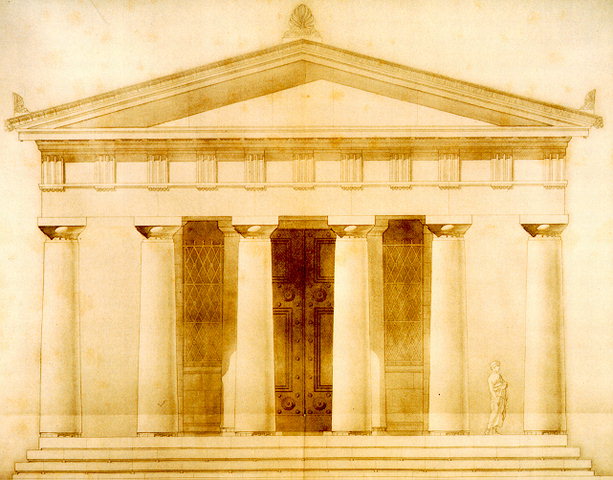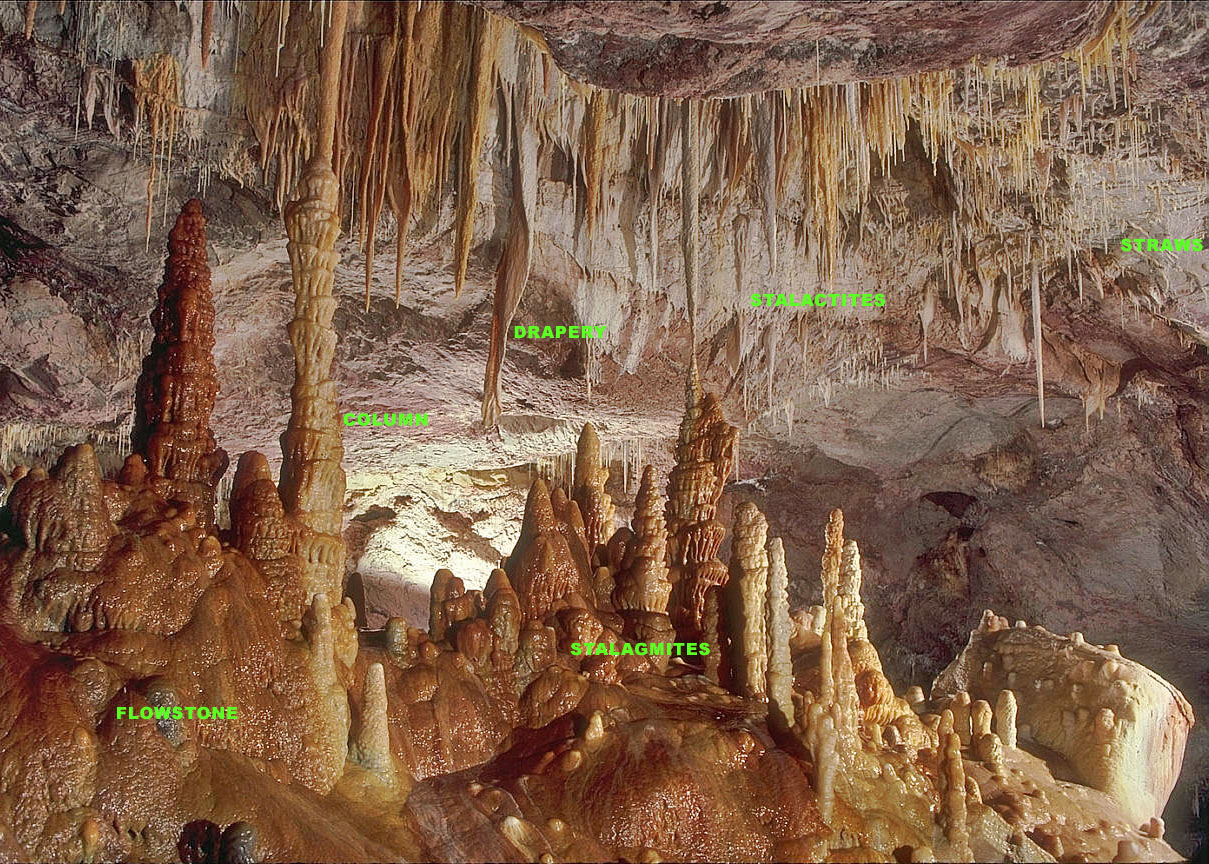|
Akrotiri (Crete)
Akrotiri ( el, Ακρωτήρι, literally "wikt:promontory, promontory") is a peninsula and former municipality in the Chania (regional unit), Chania regional unit, Crete, Greece. Since the 2011 local government reform it is part of the municipality Chania, of which it is a municipal unit. The municipal unit has an area of . Its ancient name was ''Kiamon'' while the Byzantine Empire, Byzantines called it ''Charaka''. The largest town in the peninsula is Kounoupidiana. The beach at Stavros, Chania, Stavros became famous because of the film Zorba the Greek. Geography and environment Akrotiri is a rocky promontory on the northern side of the island of Crete, in the Sea of Crete. It is roughly circular in shape, connected to the rest of the island by a wide causeway between Chania and the town of Souda. To the south, Souda Bay is found between the peninsula and the island. Most of the peninsula is a plateau somewhat elevated from the sea. There is a string of hills along the north ... [...More Info...] [...Related Items...] OR: [Wikipedia] [Google] [Baidu] |
Crete
Crete ( el, Κρήτη, translit=, Modern: , Ancient: ) is the largest and most populous of the Greek islands, the 88th largest island in the world and the fifth largest island in the Mediterranean Sea, after Sicily, Sardinia, Cyprus, and Corsica. Crete rests about south of the Greek mainland, and about southwest of Anatolia. Crete has an area of and a coastline of 1,046 km (650 mi). It bounds the southern border of the Aegean Sea, with the Sea of Crete (or North Cretan Sea) to the north and the Libyan Sea (or South Cretan Sea) to the south. Crete and a number of islands and islets that surround it constitute the Region of Crete ( el, Περιφέρεια Κρήτης, links=no), which is the southernmost of the 13 top-level administrative units of Greece, and the fifth most populous of Greece's regions. Its capital and largest city is Heraklion, on the north shore of the island. , the region had a population of 636,504. The Dodecanese are located ... [...More Info...] [...Related Items...] OR: [Wikipedia] [Google] [Baidu] |
Eleftherios Venizelos
Eleftherios Kyriakou Venizelos ( el, Ελευθέριος Κυριάκου Βενιζέλος, translit=Elefthérios Kyriákou Venizélos, ; – 18 March 1936) was a Greeks, Greek statesman and a prominent leader of the Greek national liberation movement. He is noted for his contribution to the expansion of Greece and promotion of Liberal democracy, liberal-democratic policies.Kitromilides, 2006, p. 178"Liberty Still Rules" ''Time (magazine), Time'', 18 February 1924. As leader of the Liberal Party (Greece), Liberal Party, he held office as prime minister of Greece for over 12 years, spanning eight terms between 1910 and 1933. Venizelos had such profound influence on the internal and external affairs of Greece that he is credited with being "Th ... [...More Info...] [...Related Items...] OR: [Wikipedia] [Google] [Baidu] |
Apollo
Apollo, grc, Ἀπόλλωνος, Apóllōnos, label=genitive , ; , grc-dor, Ἀπέλλων, Apéllōn, ; grc, Ἀπείλων, Apeílōn, label=Arcadocypriot Greek, ; grc-aeo, Ἄπλουν, Áploun, la, Apollō, la, Apollinis, label=genitive, , ; , is one of the Twelve Olympians, Olympian deities in Ancient Greek religion, classical Greek and Ancient Roman religion, Roman religion and Greek mythology, Greek and Roman mythology. The national divinity of the Greeks, Apollo has been recognized as a god of archery, music and dance, truth and prophecy, healing and diseases, the Sun and light, poetry, and more. One of the most important and complex of the Greek gods, he is the son of Zeus and Leto, and the twin brother of Artemis, goddess of the hunt. Seen as the most beautiful god and the ideal of the ''kouros'' (ephebe, or a beardless, athletic youth), Apollo is considered to be the most Greek of all the gods. Apollo is known in Greek-influenced Etruscan mythology as ' ... [...More Info...] [...Related Items...] OR: [Wikipedia] [Google] [Baidu] |
Artemis
In ancient Greek mythology and Ancient Greek religion, religion, Artemis (; grc-gre, Ἄρτεμις) is the goddess of the hunt, the wilderness, wild animals, nature, vegetation, childbirth, Kourotrophos, care of children, and chastity. She was heavily identified with Selene, the Moon, and Hecate, another Moon goddess, and was thus regarded as one of the most prominent lunar deities in mythology, alongside the aforementioned two.Smiths.v. Artemis/ref> She would often roam the forests of Greece, attended by her large entourage, mostly made up of nymphs, some mortals, and hunters. The goddess Diana (mythology), Diana is her Religion in ancient Rome, Roman equivalent. In Greek tradition, Artemis is the daughter of the sky god and king of gods Zeus and Leto, and the twin sister of Apollo. In most accounts, the twins are the products of an extramarital liaison. For this, Zeus' wife Hera forbade Leto from giving birth anywhere on land. Only the island of Delos gave refuge to Le ... [...More Info...] [...Related Items...] OR: [Wikipedia] [Google] [Baidu] |
Stalagmite
A stalagmite (, ; from the Greek , from , "dropping, trickling") is a type of rock formation that rises from the floor of a cave due to the accumulation of material deposited on the floor from ceiling drippings. Stalagmites are typically composed of calcium carbonate, but may consist of lava, mud, peat, pitch, sand, sinter, and amberat (crystallized urine of pack rats). The corresponding formation hanging down from the ceiling of a cave is a stalactite. Mnemonics have been developed for which word refers to which type of formation; one is that ''stalactite'' has a C for "ceiling", and ''stalagmite'' has a G for "ground", another is that, as with ants in the pants, the mites go up and the tights (tites) come down. Formation and type Limestone stalagmites The most common stalagmites are speleothems, which usually form in limestone caves. Stalagmite formation occurs only under certain pH conditions within the cavern. They form through deposition of calcium carb ... [...More Info...] [...Related Items...] OR: [Wikipedia] [Google] [Baidu] |
|





